Popular American food brands that no longer exist
A shopping trip down memory lane
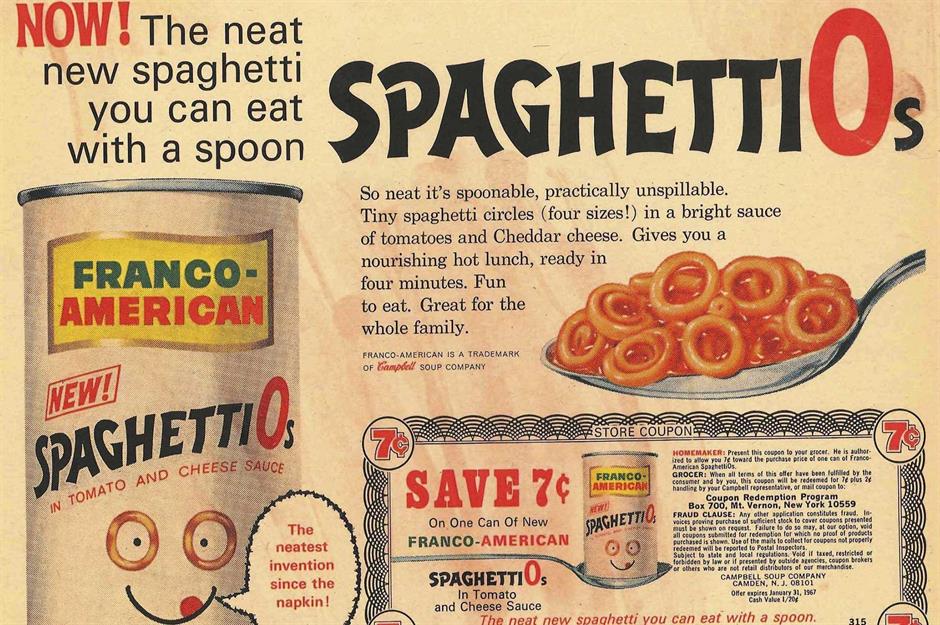
Allsweet margarine, Hi Ho crackers, and Swanson TV dinners are just a few of the popular foods that shoppers couldn't get enough of in the 20th century. Whether you’ve heard of these gems from others or had the chance to try them yourself, they’re sure to spark some serious nostalgia. Here, we travel back in time to take a look at 23 incredible American and Canadian brands – including grocery store own labels and old-school conglomerates – that no longer exist.
Click or scroll through our gallery to discover the iconic American and Canadian food brands that are, sadly, no more – counting down to the one we miss the most.
We've based our ranking on the opinions of our well-traveled (and well-fed) team. The list is unavoidably subjective.
26. Necco
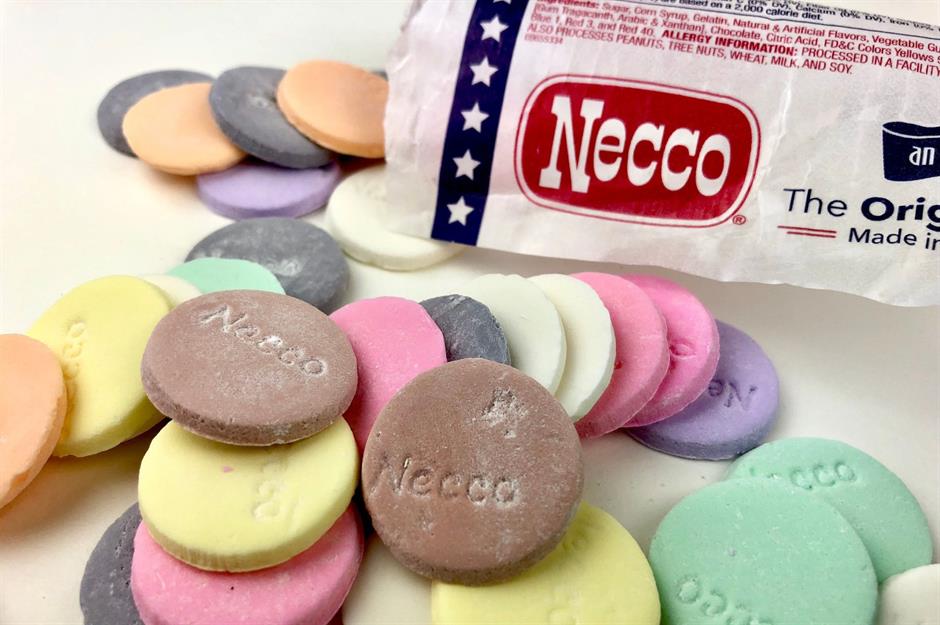
Necco, short for the New England Confectionery Company, was one of America’s oldest candy brands, dating back to 1847. It was best known for its pastel-colored Necco Wafers – sweet, chalky discs that divided opinion but stirred deep nostalgia. The company also made other retro favorites like Sweethearts and Clark Bars. Despite a loyal fan base, changing tastes and financial troubles led to bankruptcy in 2018. Necco’s assets were sold off, and, while some candies found new life under different owners, the original company behind them is gone, taking a piece of candy history with it.
25. Patio Mexican Frozen Dinners

Patio’s hearty Mexican-style frozen dinners were a staple of American freezers from the 1960s through the 1980s. Introduced by the now defunct American Home Foods, the brand offered frozen enchiladas, tamales, and tacos that brought a taste of Tex-Mex to the TV dinner era. Affordable and easy to heat, they were especially popular with busy families. The packaging featured colorful designs that hinted at exotic flair, even if the flavors were mild by today’s standards. As competition grew and tastes evolved, Patio lost its appeal; it was gradually phased out by the late 1990s.
24. SnackWell’s
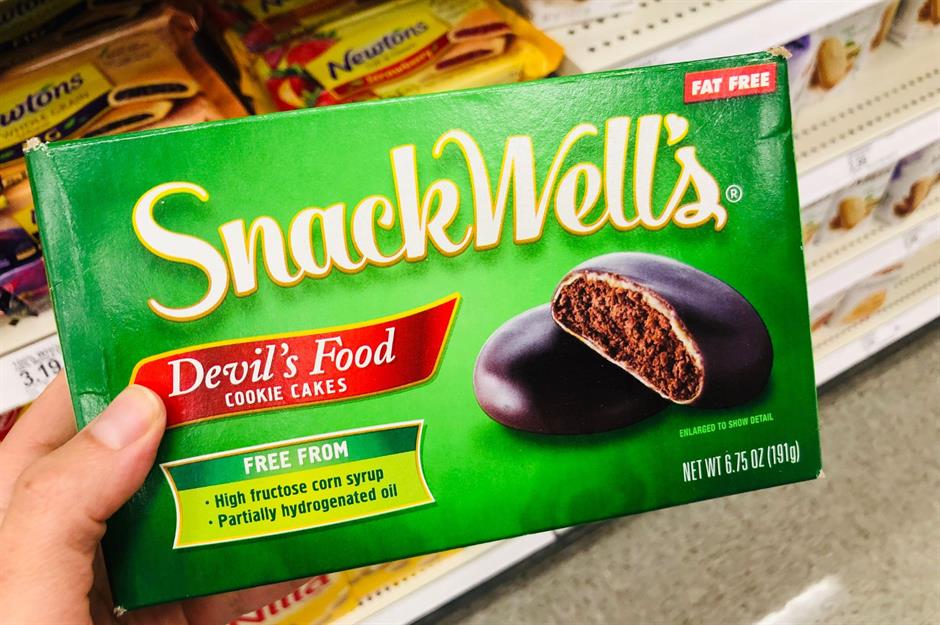
Remember SnackWell’s? Launched in the early 1990s, these fat-free cookies were the darlings of the low-fat craze. The Devil’s Food Cookie Cakes were especially beloved – soft, chocolatey, and ‘guilt-free’… or so we thought. SnackWell’s soared in popularity, but critics soon pointed out they were loaded with sugar and carbs. This helped coin the term ‘SnackWell Effect,’ where people overindulge in foods they think are healthy. As diet trends shifted and the buzz faded, so did the brand. After changing hands a few times, SnackWell’s quietly disappeared from shelves in 2022.
23. D-Zerta
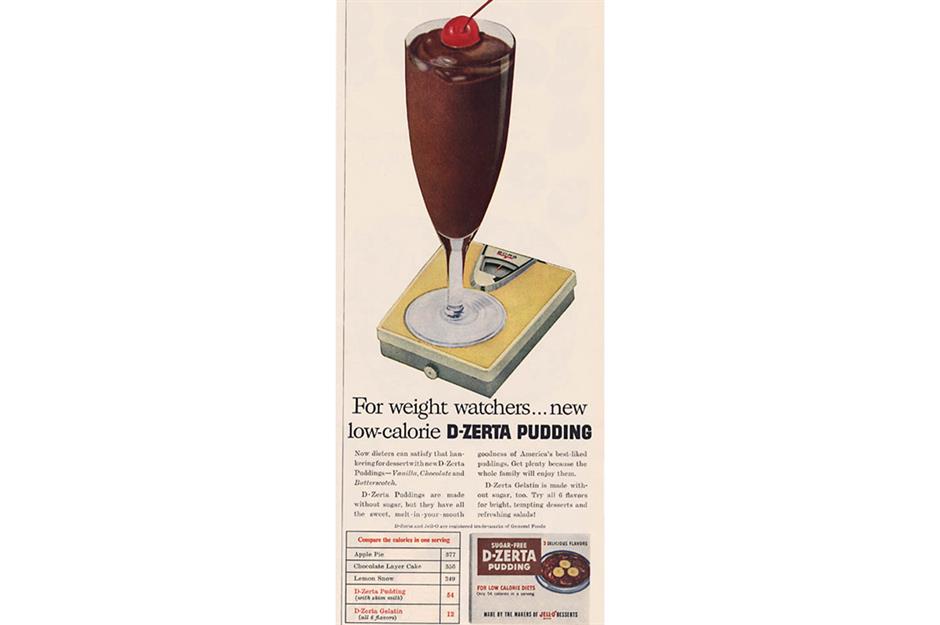
As if Jell-O wasn’t diet-friendly enough, in the 1920s General Foods launched D-Zerta, a new brand of sugar-free treats. Its fruit-flavored gelatine products contained around 10 calories each, while its vanilla, chocolate, and butterscotch puddings rarely topped 50 calories – though its adverts claimed that 'it tastes like a million.'
22. Lady Lee
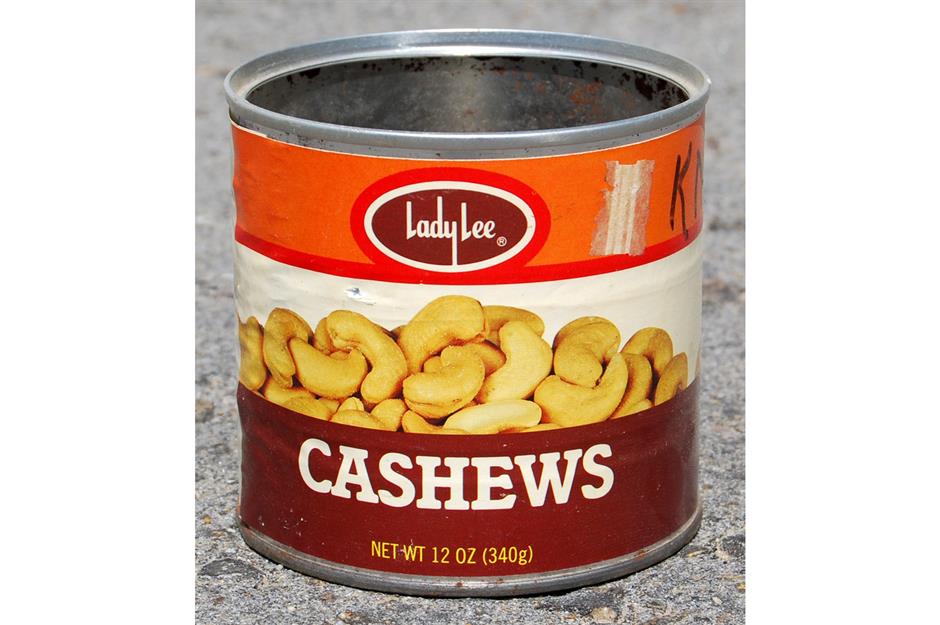
If you’re a Lucky Stores shopper, you may be familiar with Lady Lee, which used to be the company’s own brand. Up until the 1990s, you'd see its logo on products including canned vegetables, soda, barbecue sauce, milk, sugar, rice, and other household products. Based in California, its basic products are now sold under the less mysterious-sounding Lucky brand.
21. Ayds
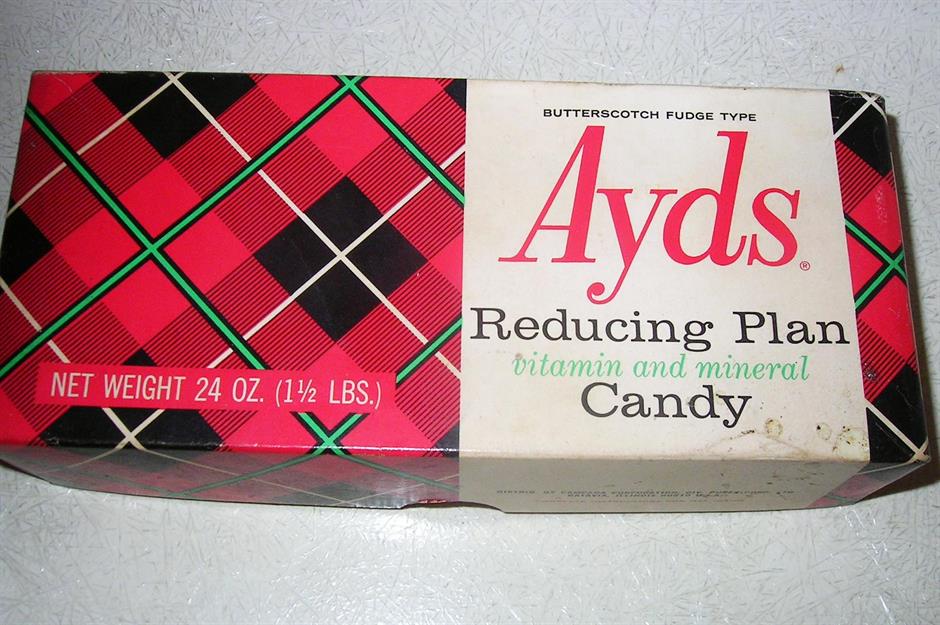
A brand of appetite suppressant candy popular in the 1930s and beyond, Ayds came in chocolate, caramel, and butterscotch fudge flavors – and it contained chemicals similar to those used in cough medicine to make people eat less. Ayds was marketed by movie stars, and magazines printed 'real-life stories' from people who had success with the candy. Its downfall came when it refused to change its name during the AIDS crisis in the 1980s.
20. Freezer Queen
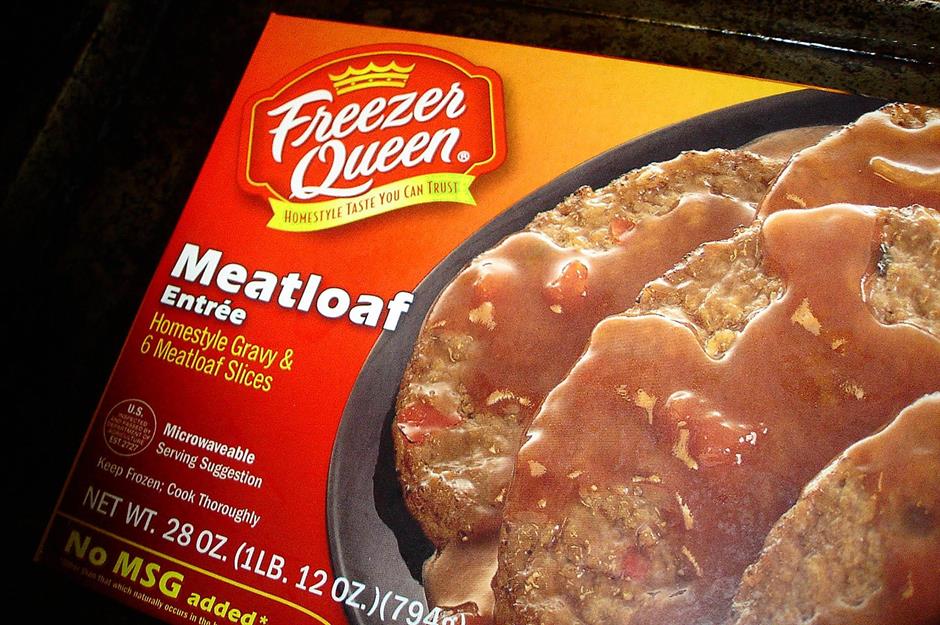
Buffalo-based frozen food brand Freezer Queen was a big player in the TV dinner market in the 1950s. Its much-loved products included meatloaf slices, sliced turkey, and Salisbury steak – all of which came with plenty of gravy. Unfortunately, the company shut down in 2004 after the factory failed its food safety inspection.
19. Mrs. Bumby’s
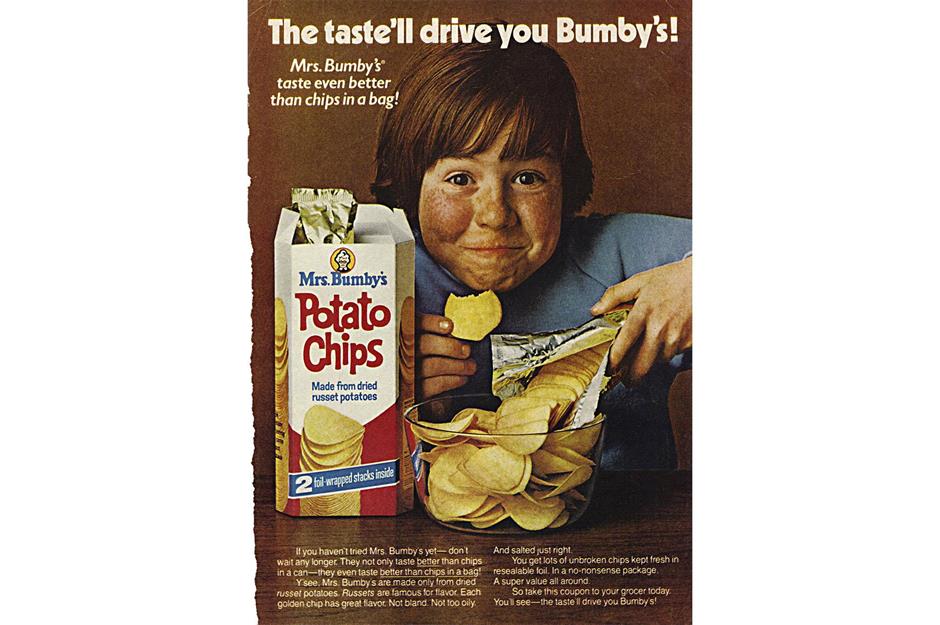
What we loved about potato chip brand Mrs. Bumby’s was its cylindrical tins and company mascot: a friendly old lady, presumably Mrs. Bumby. Its packaging boasted 'Mrs. Bumby’s taste even better than chips in a bag.' The product they were most similar to is Pringles, but we haven’t seen them since the 1970s.
18. Mug-O-Lunch
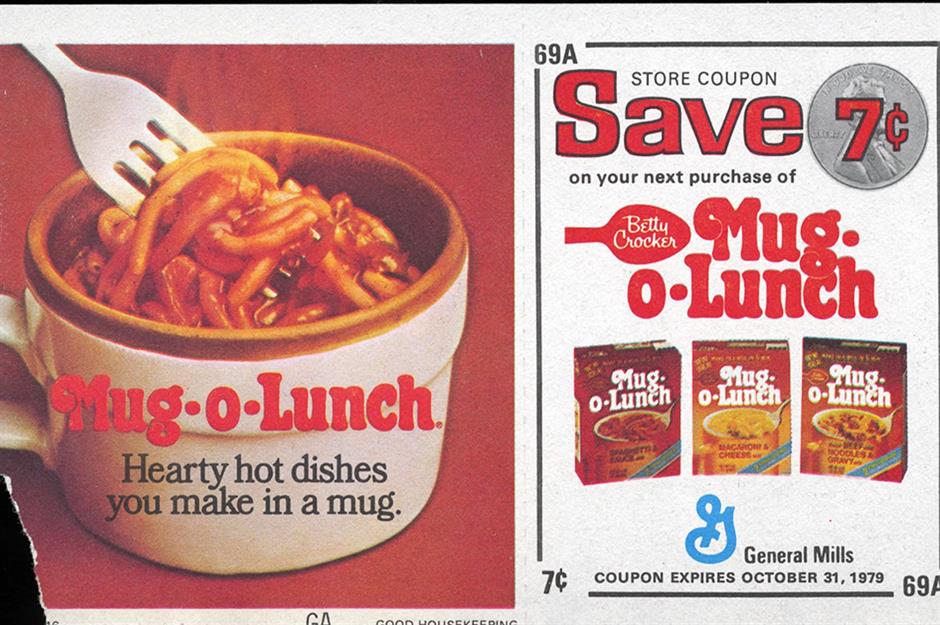
An ingeniously named brand of dehydrated meals from General Mills, Mug-O-Lunch was known for being quick, convenient, and tasty. It was created in the 1970s, the era of all sorts of weird and wonderful convenience foods, and included varieties like mac ‘n’ cheese, spaghetti, and beef noodles. It lasted on grocery store shelves for a few years before it was discontinued.
17. Howdy Doody

A tie-in with the popular US children's TV show of the same name, Howdy Doody was a frozen dessert brand famous for its Clarabell Banana Bar (chocolate and banana ice cream) and Fudge Bar – both of which came in packaging featuring a picture of Howdy Doody himself. The show ended in 1960, and the frozen food range was phased out, too.
16. Bell Brand
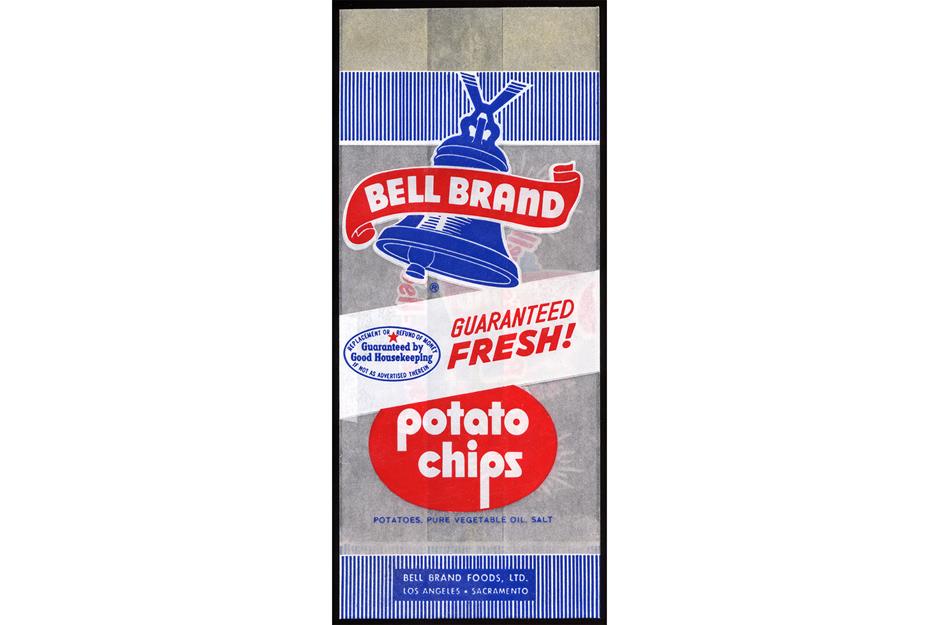
Every California kid who grew up before the 1990s will recognize this brand, which was known for the slogan 'if it's Bell, it's swell.' Bell Brand made a regionally popular line of snacks including regular and crinkle-cut potato chips, corn chips, cheese curls, pretzels, and sunflower seeds. Sadly, it went out of business before the turn of the 21st century.
15. Howard Johnson’s
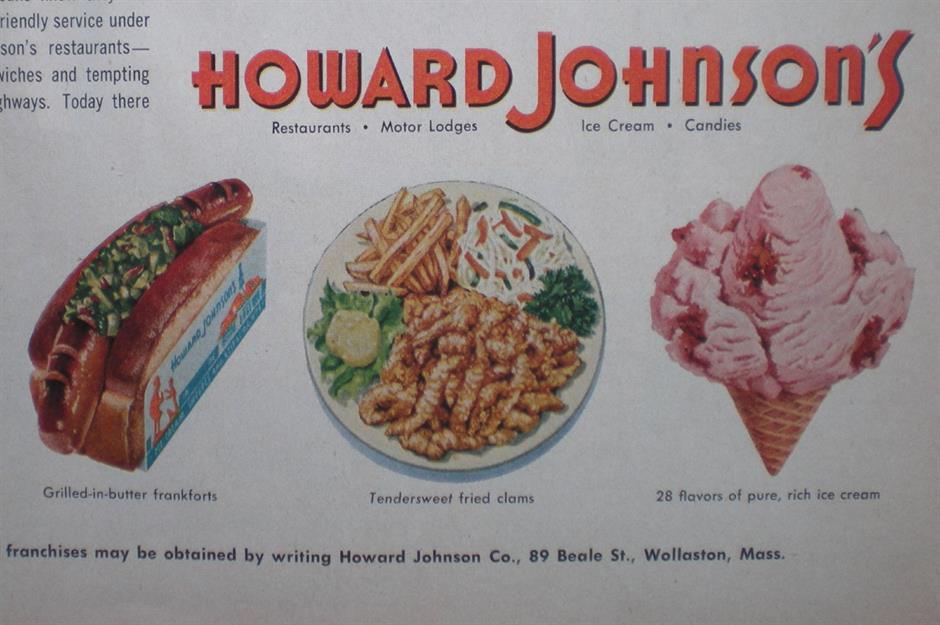
Famous for its fried clams and 28 ice cream flavors, restaurant chain Howard Johnson’s was so successful that it decided to make a foray into grocery store food. Suddenly you could find HoJo-branded mac ‘n’ cheese, Toastees (toaster muffins), ice cream, and desserts in the freezer aisle.
14. Snow Crop
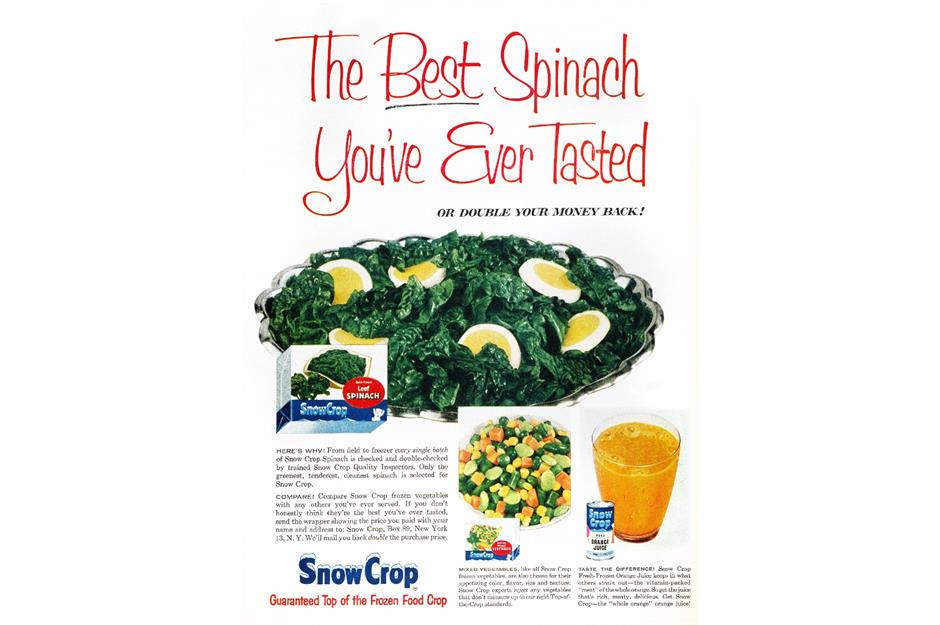
Around 70 years ago, when frozen foods were really taking off, Snow Crop was the must-have brand. It produced the first orange juice concentrate, which everybody wanted, and single-handedly increased the popularity of the freezer aisle. The brand went on to bring out frozen peas, broccoli, spinach, and strawberries, but it was retired sometime in the 1970s.
13. Schutter-Johnson Company of Chicago
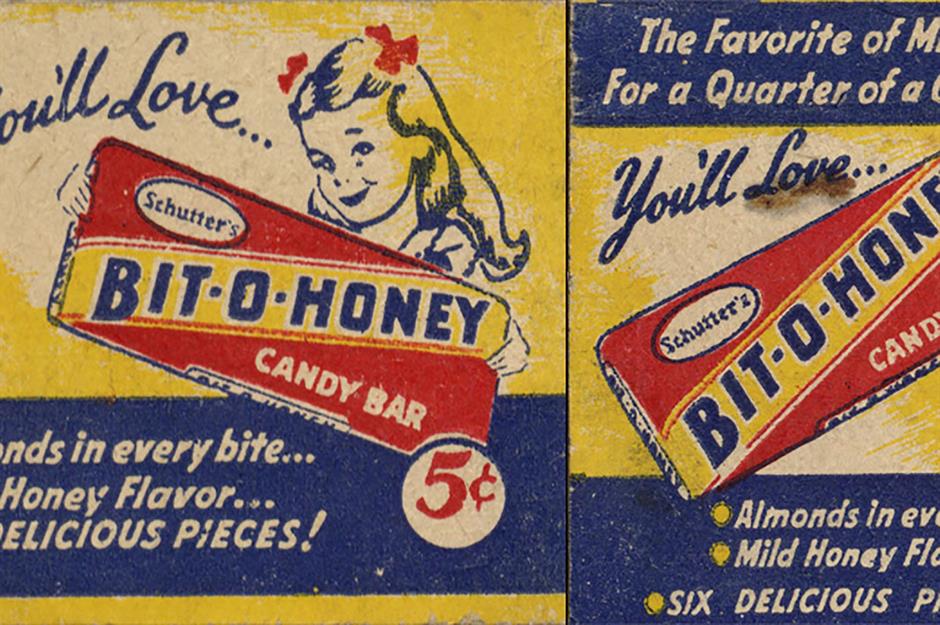
You could find the Schutter-Johnson Company of Chicago name on vintage candies such as Bit-O-Honey (honey-flavored taffy) and Old Nick (fudge and nuts covered in chocolate) until it was bought by the Ward Candy Company in the late 1960s. Miraculously, Bit-O-Honey is still around; however, Old Nick was dropped many years ago.
12. Force Food Company
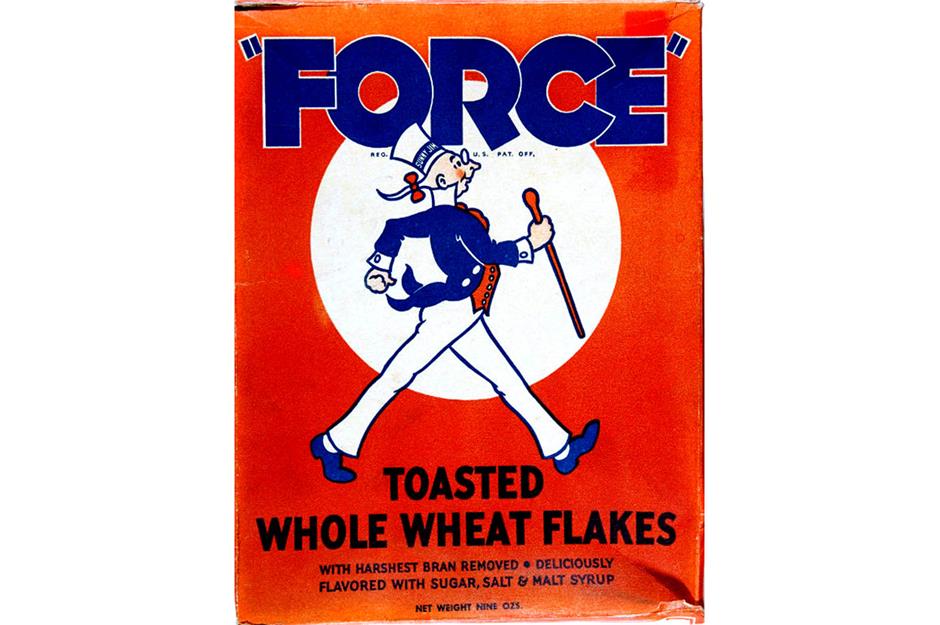
One of the first wheat-based cereals on the market, Force was introduced by the Force Food Company in 1901. Its mascot was a cartoon called Sunny Jim, who turned from grumpy to happy after eating the cereal. After it saw success stateside, it crossed the Atlantic to the UK. However, 112 years after launching, it was discontinued in 2013.
11. Lucky Whip
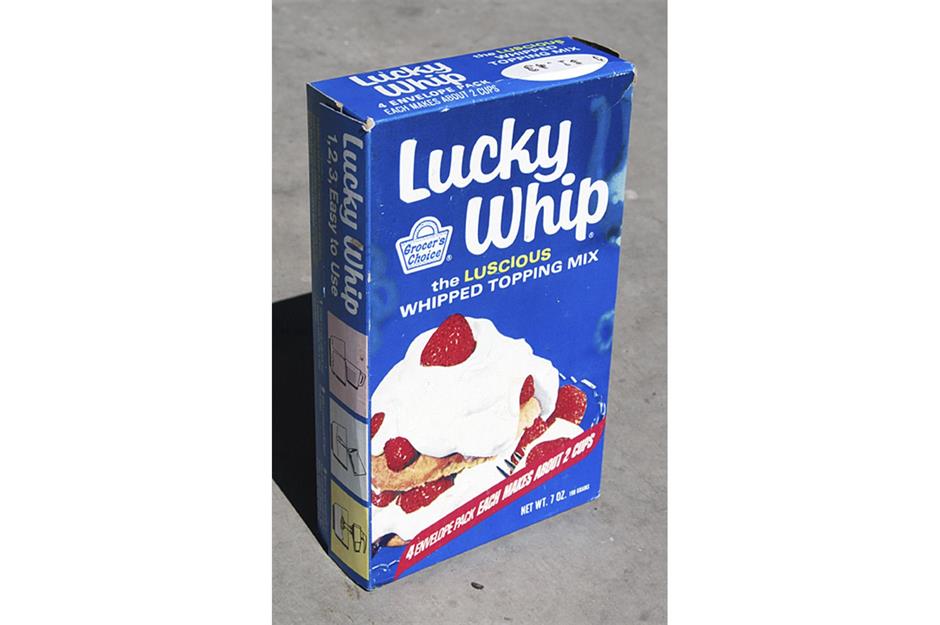
Popular in the 1960s and 1970s, long-lost Lucky Whip was a brand of dessert topping similar to Cool Whip, and it came in a box as well as a spray can. You may remember its adverts, which featured cute kids squirting the whipped topping onto desserts. Sadly, by the 2000s it had disappeared from grocery store shelves.
10. Fruit Corners
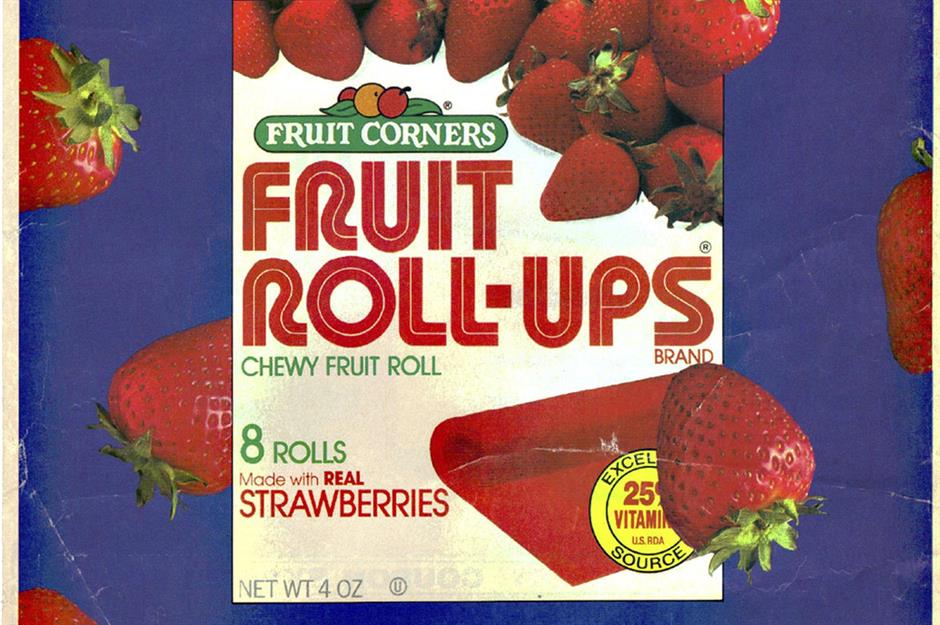
Only 1980s kids will remember Fruit Corners, a much-loved candy brand that made Fruit Roll-Ups (peelable fruit-flavored candy on a piece of rolled-up tape), Fruit Wrinkles (gummy sweets), and Fruit Bars (chewy bars in flavors like strawberry, cherry, and grape). Sadly, Fruit Corners has been discontinued by General Mills, and its remaining products are sold under the Betty Crocker name.
9. Sunny Jim
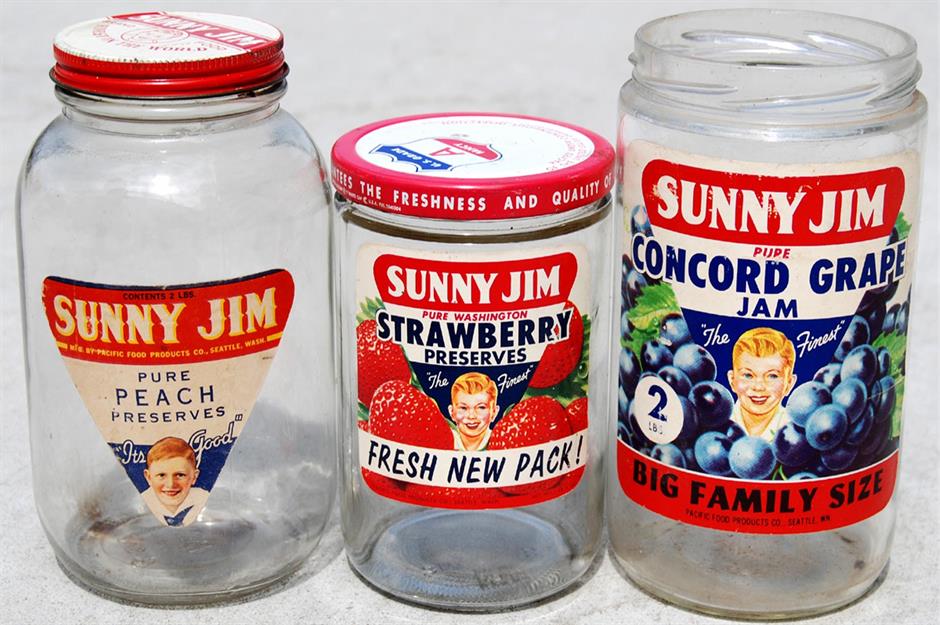
A much-loved brand of peanut butter and fruit preserves, Sunny Jim (no relation to Force's mascot of the same name) was founded by Germanus Wilhelm Firnstahl, a German entrepreneur who bought a peanut roaster and factory during The Great Depression. By the 1950s, Sunny Jim's manufacturer, Pacific Food Products Co., supplied a third of all the peanut butter in Seattle. However, it was sold in the late 1970s.
8. Burry's Biscuit Co.
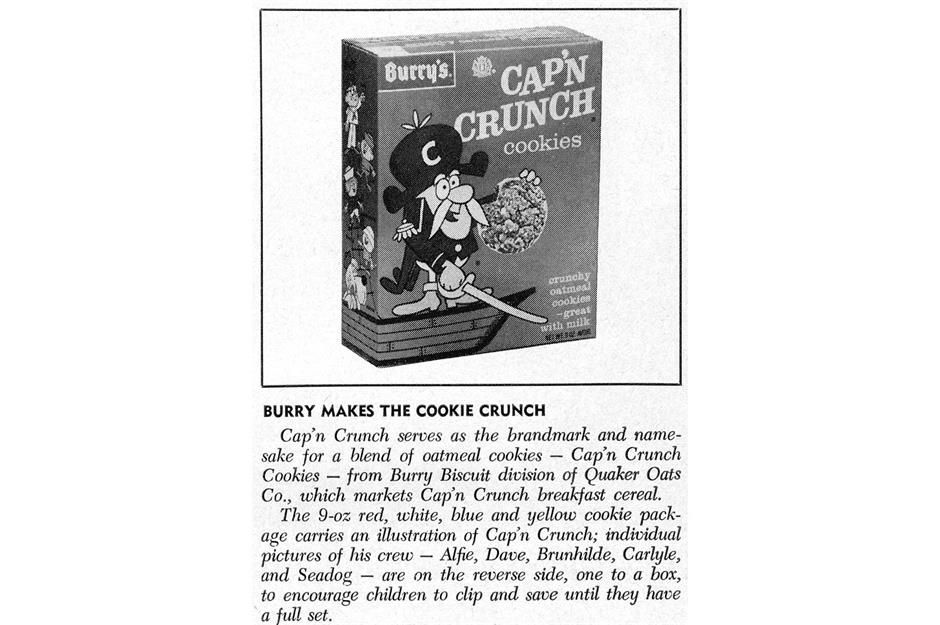
Burry's Biscuit Co. was founded in the late 19th century – and it was a big name in the cookie and cracker industry for decades. Famous for making Girl Scout Cookies, its factory in New Jersey was America's largest producer of the assorted treats in the 1960s. These days, the brand is basically unheard of and only makes baked goods such as bagels, English muffins, bread, and rolls.
7. Allsweet
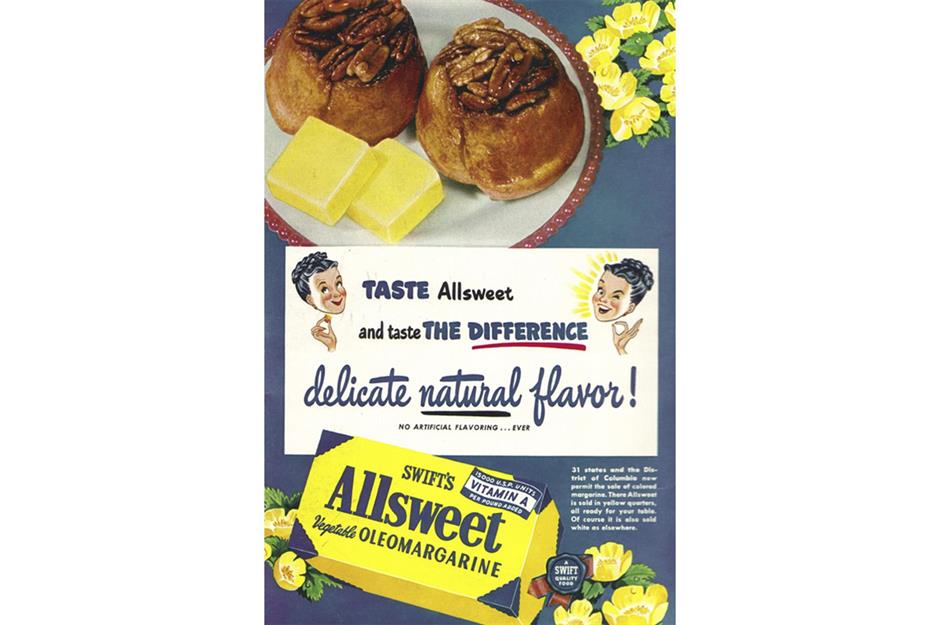
Do you remember Allsweet’s 1950s adverts, featuring images of idyllic farms and smiling pancakes? One of the early margarine brands, it was produced by the Swift Independent Packing Company and boasted about its natural flavor and yellow color – previously, margarine had to be dyed white. It hasn't been available since the early 2000s.
6. Curtiss Candy Company
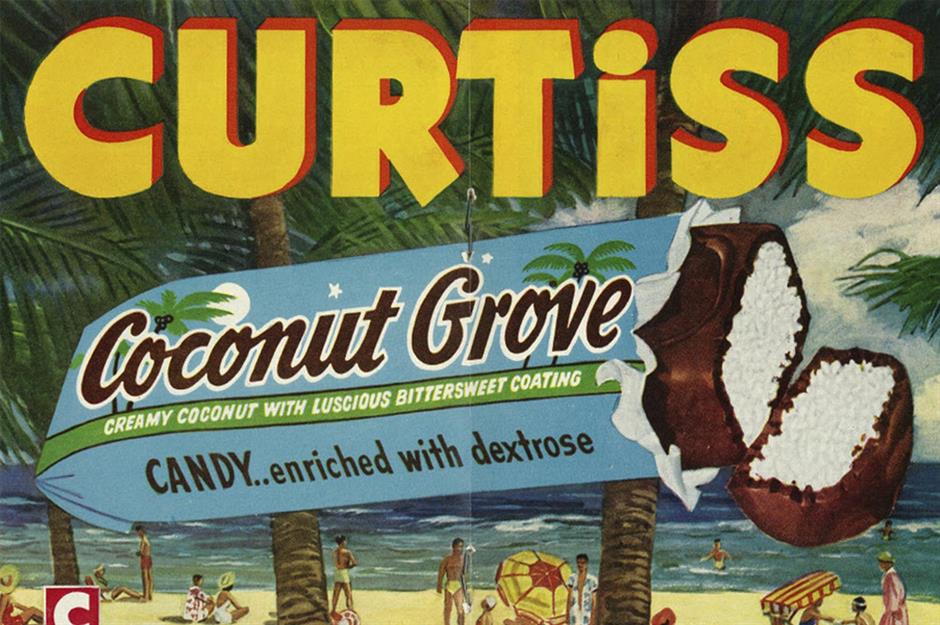
At the start of the 20th century, Curtiss Candy Company was one of the biggest brands around – its name graced the labels of many iconic treats including the Baby Ruth (peanut, caramel, and chocolate-flavored nougat), the Butterfinger (a crispy peanut butter candy bar), and Coconut Grove (a creamy coconut bar with a dark chocolate coating). Baby Ruth and Butterfinger are still around today, but they're sold under a different brand name.
5. Libbyland
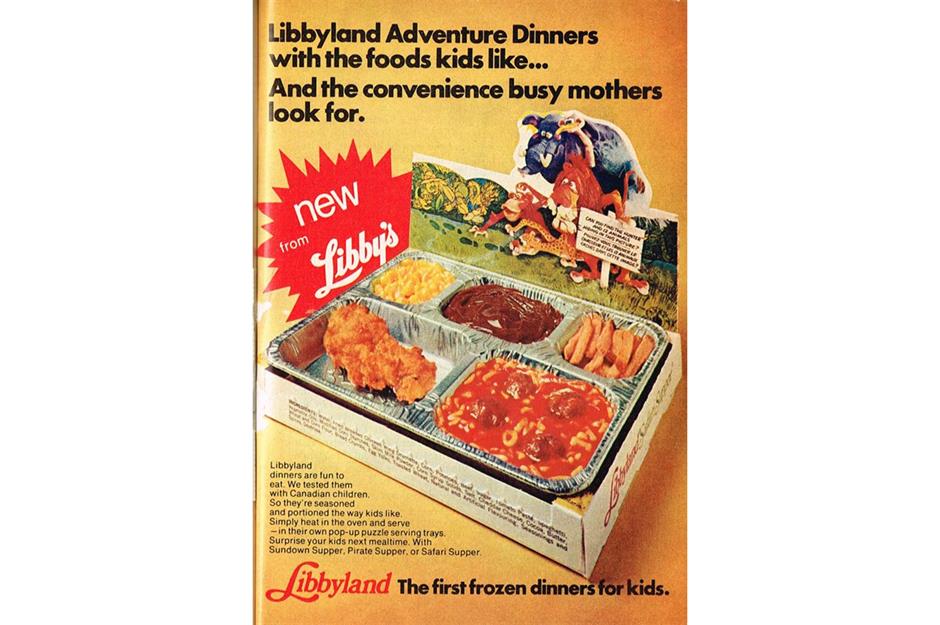
With its line of playful TV dinners for kids, Libbyland became the brand every child wanted their parents to bring home from the grocery store in the 1970s. Each meal had a different theme, from Safari Supper to Pirate Picnic and Sea Diver’s Dinner. A typical box would have five compartments featuring fried chicken, spaghetti and meatballs, tater tots, corn, and chocolate pudding.
4. Franco-American
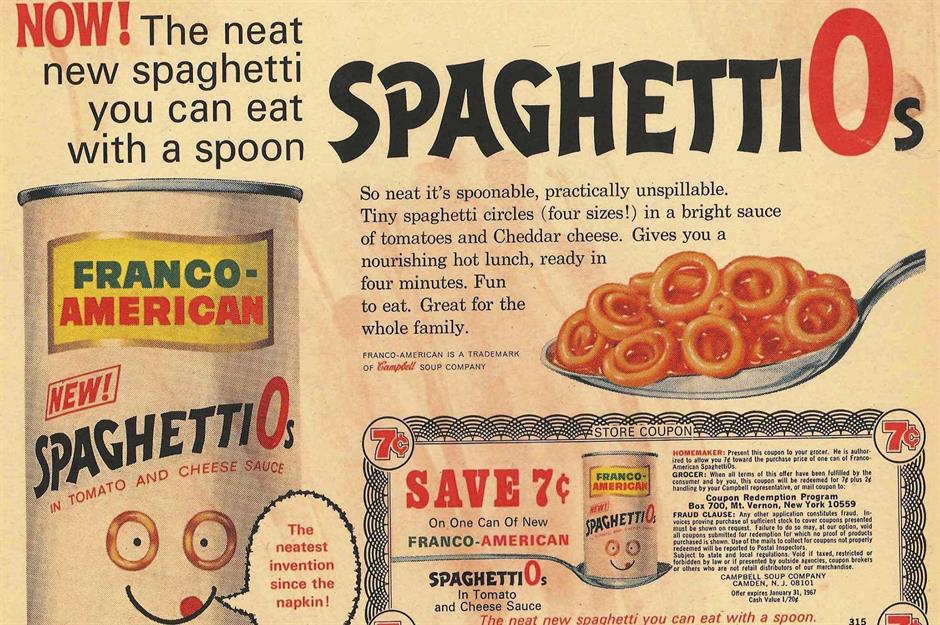
The Franco-American brand launched back in 1886 before being purchased by the Campbell Soup Company in 1915. The company's most popular product was Spaghetti0s – a classic canned food that was created in 1965 by the company's food developer, Donald Goerke, who had been challenged to make a pasta dish for children that could be eaten with a spoon. However, the Franco-American name was taken off the company's tinned pasta in 2004. Though it's almost defunct, the brand name remains on a limited number of gravies and soups to this day.
3. Sunshine Biscuits
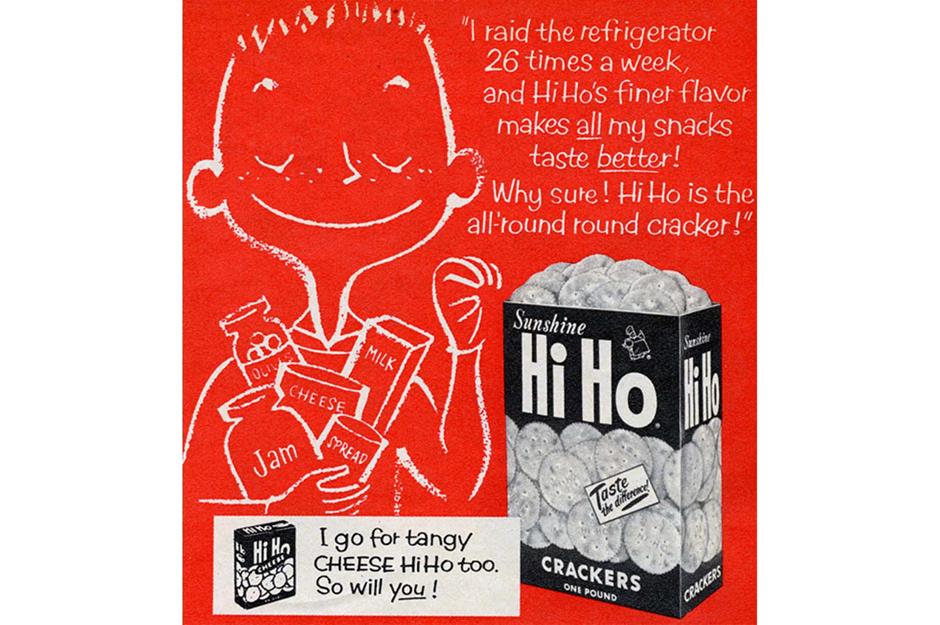
Famous for Hi Ho crackers (launched in 1902) and chocolate and cream Hydrox cookies (launched in 1908), Sunshine Biscuits made many of America’s favorite cookies, crackers, and cereals. However, when Nabisco started making Oreo cookies (in 1912) and Ritz Crackers (in 1934), Sunshine Biscuits' products were all but forgotten about. Now it’s mostly a defunct brand, its name only appearing on Cheez-It crackers.
2. Malted Milk
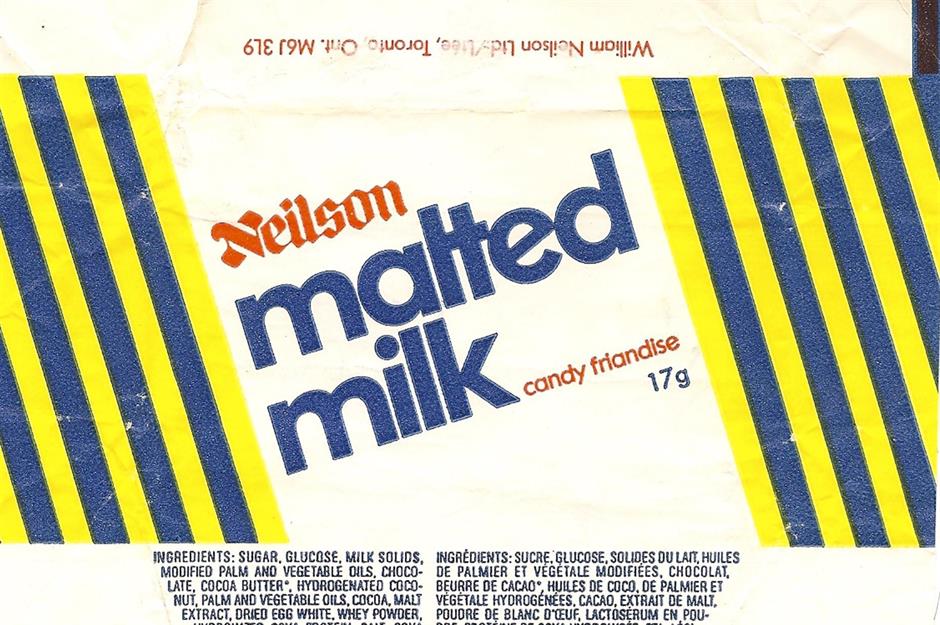
A candy bar featuring malted milk nougat covered in caramel and chocolate, the Malted Milk was produced by Canadian company Neilson. It was popular in the 1950s and 60s, but unfortunately for fans, the sweet treat is no more. Cadbury brought out its own version in the 1990s after buying Neilson, but it was later discontinued.
1. Swanson
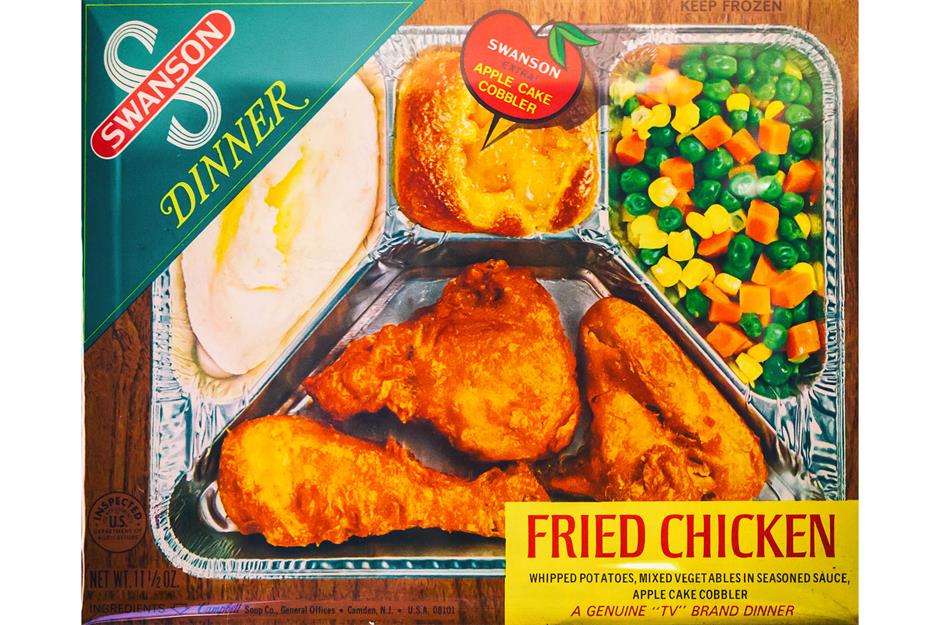
We have food brand Swanson to thank for America’s most iconic frozen meal, the TV dinner. Designed to be reheated in the oven, the original TV dinner consisted of a tray of turkey, mashed potatoes, and gravy. Launched in the 1950s, around the time more women were entering the workforce, it was wildly successful. These days, Swanson TV dinners are sold under the Hungry-Man brand.
Now discover the delicious foods we fell in love with in the 1990s
Last updated by Natasha Lovell-Smith.
Comments
Be the first to comment
Do you want to comment on this article? You need to be signed in for this feature